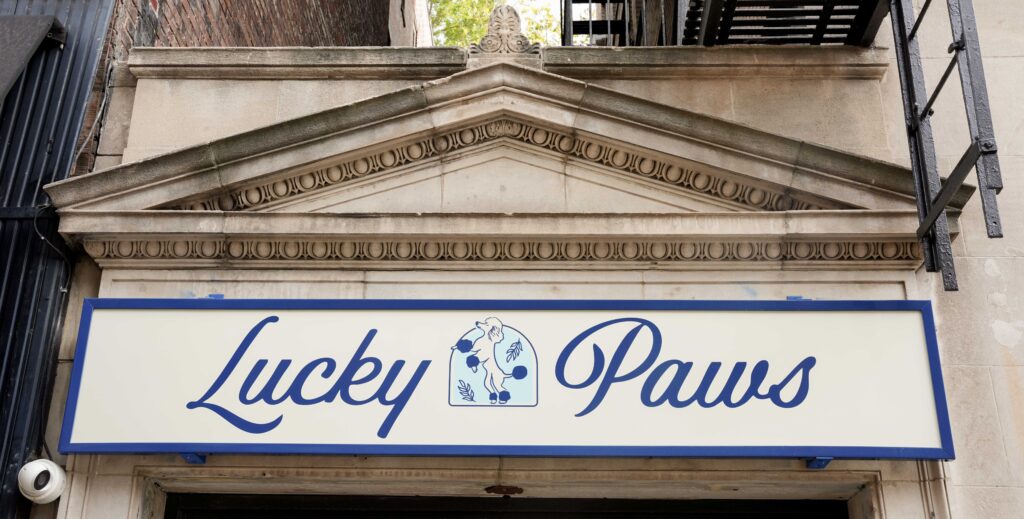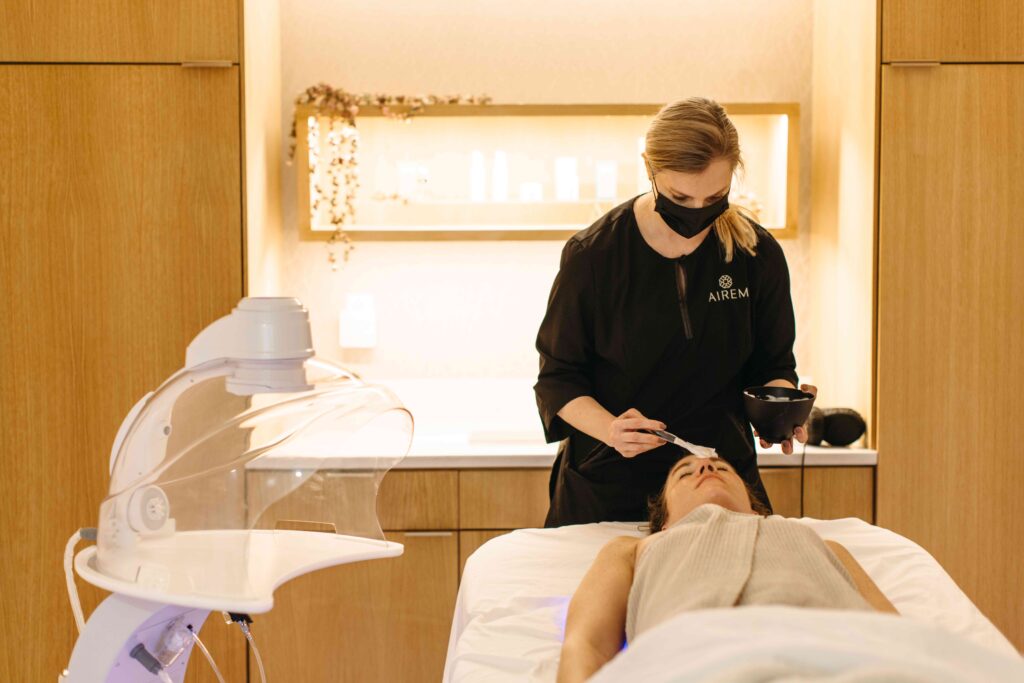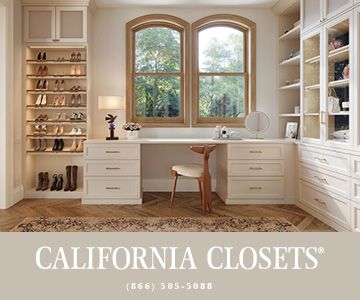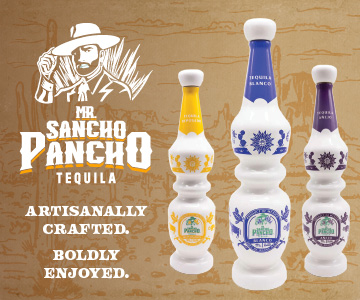By Loannie Dao
Navigating the world of wine can be both challenging and rewarding if you know your stuff. However, oftentimes when it comes to picking up a bottle or ordering during a night out, we cling to wine’s own equivalent of an old wives’ tale. Does all wine truly get better with age? Does a screw cap mean poorer quality? These are just some of the questions we ask ourselves.
While deciphering fact from fiction on your own can prove to be insurmountable, I enlisted the guidance of John Jansma, who serves as wine director for Ninety Acres at Natirar in Far Hills. Jansma is someone who, even during his adolescent years, has been fascinated with wine and spirits. Waiting tables and bartending during his collegiate years led him to transition into beverage purchasing, sales and eventually, he became a restaurant sommelier. Jansma holds a sommelier certification from the Sommelier Society of America and most recently, took first place in New Jersey’s Iron Shaker competition.
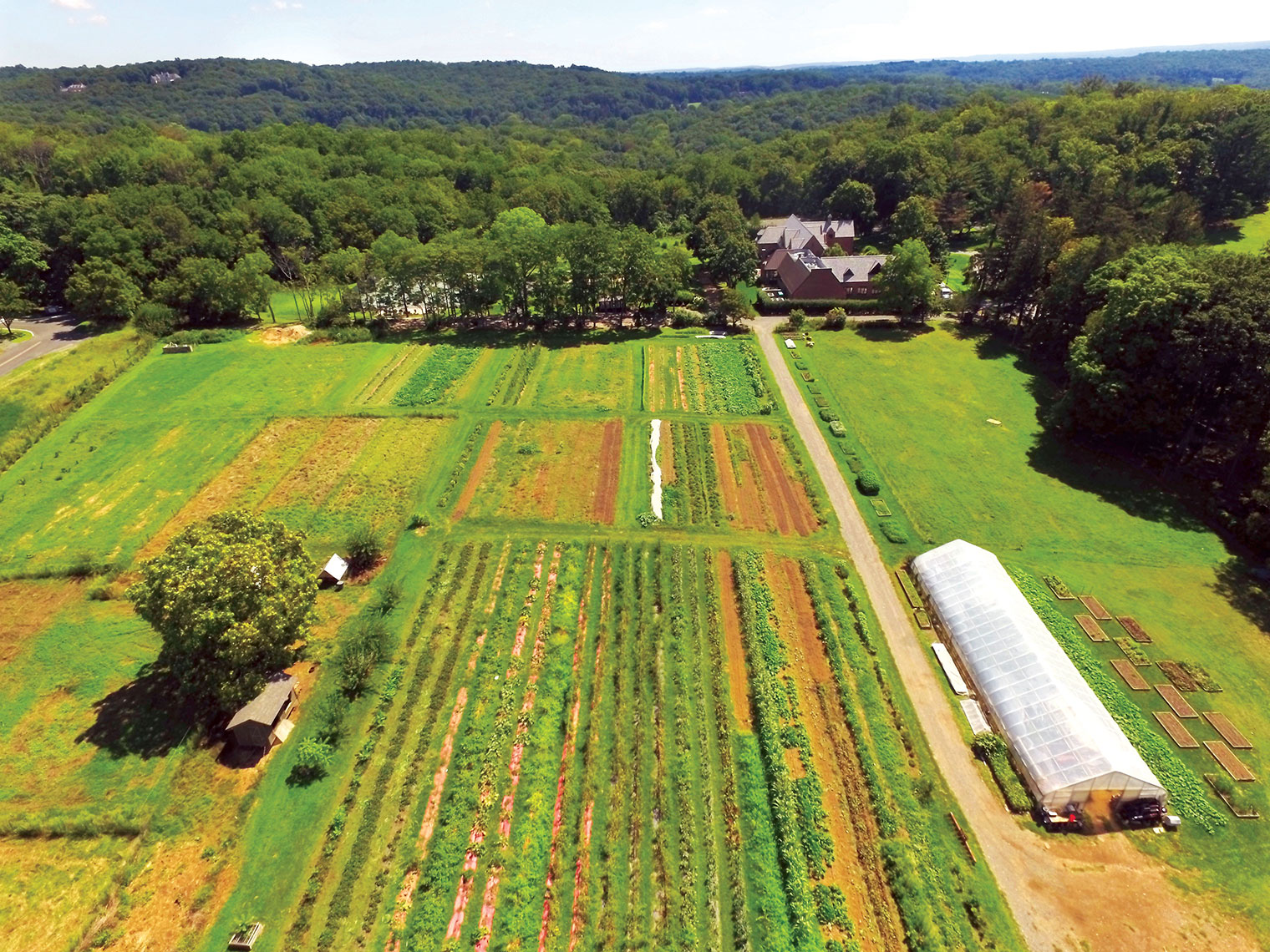
On being a sommelier:
“There’s nothing that gives us more excitement as wine professionals than someone who can say, ‘Hey, I heard about this and it sounds really cool, but I know nothing about it – give me the basics.’ We thrive on this and it gets us really excited. The world of wine and spirits is so broad. A lot of times I’ll have a guest who comes in to ask me a question about something that I’m not 100 percent on, then we’ll both learn something – which is really cool. I’d rather they ask me about something that totally throws me off and see if I can get through it.”
The truth about screw caps:
“I would say that screw caps are awesome for the environment. They’re really great because they have the technology that corked wine doesn’t really have. Corked wine is still really a big pain for everybody. Most wines these days (about 90 percent) are made to be consumed and enjoyed pretty quickly – within five days. It’s always been this way, people want the instant gratification.”
Wine’s biggest myth:
“I think the biggest myth is that wine gets better with age. It’s more like, a few wines get better with age. The wines that actually get better with age are the ones that are extreme in their youth – you’ll know it when you taste it. Wines from Bordeaux that are really young or wines where the acid content is so high that they rip the enamel off your teeth. Typically they are expensive to begin with so you’re not going to go in and buy a $30 bottle and want to lay that down for 10 years. They’re probably in the upper echelon of special occasion wines which you’ll usually want to sit around for a while before you pop them open. These are usually corked bottles, but the price of the wine will usually give you a better idea rather than what kind of closure it is under. Nine times out of ten, the price is a good guide as to which wines are going to want some time or not.”
Cost, quality, and branding:
“Unfortunately, there are a lot of nefarious parts of the wine industry. There are people who will put a really cool label on the bottle and charge a lot of money, but the wine is not good or meant to age either – it’s just really good marketing. It might not be the store that is marking up the bottle, but it could be coming from the winery that way. You’ll have brands that charge a lot of money based on what they can get for the brand as opposed to how good the wine is. Although the price is a better indicator of quality than closure, asking questions at your wine store or your sommelier is a good move. Especially in markets like New York and New Jersey, where you have a really good community of wine stores and sommeliers – we are certainly there to help. By all means, feel free to ask if something is really worth the price.”
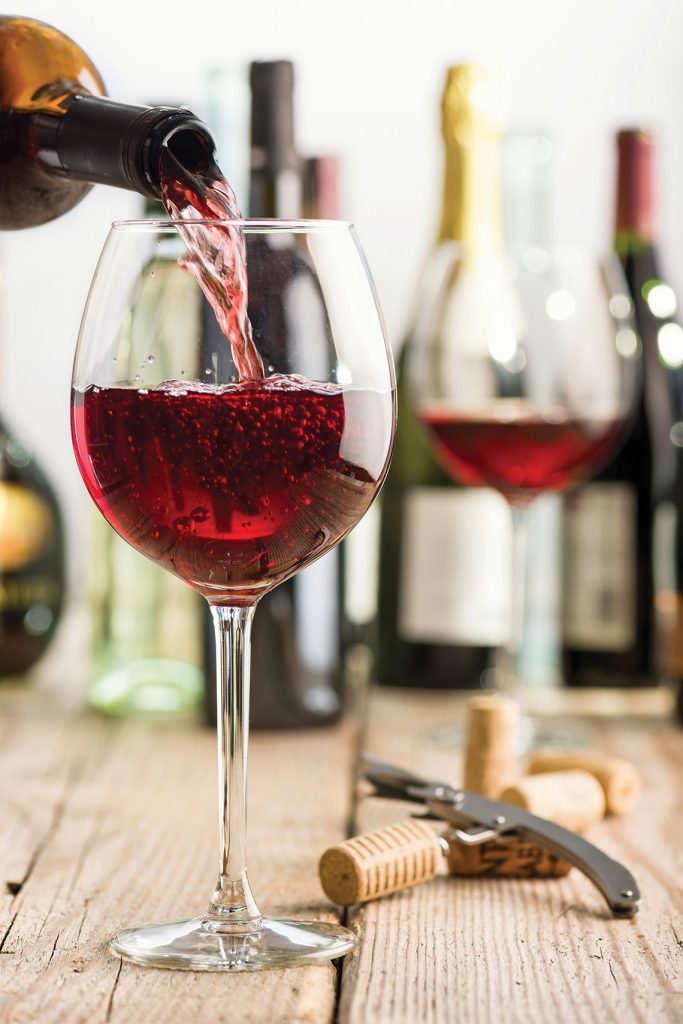 The deal with boxed wine:
The deal with boxed wine:
“Somehow, I haven’t found a ridiculously good boxed wine but that would be my dream – to wow someone with boxed wine. There have been some wines from Spain in boxes that have at least been decent, but I haven’t found the ringer. I wish someone would do it. For wines in a box, you don’t have that oxygen issue and the wine stays good for as long as you need it to. As an actual serving vessel its really sound. Within the box, you have a bladder which holds the wine and there is no air bubble like you’d have at the top of a wine bottle. As you hit that little spout at the bottom the only thing that is pushing that wine out is atmospheric pressure. As soon as you stop pouring from it, it tops off and there is no oxygen entering that bladder again. You end up with a completely sterile system without the oxygen spoiling the wine. With a bottle of wine, once you open it you have a few days to drink it or it will change pretty radically. Whereas with a box of wine, you can go a week or longer – much longer than a conventional bottle of wine would.”
On navigating an absurdly large wine menu:
“My number one piece of advice would be to ask for help right away. I think the stigma is gone these days where asking for help means you don’t know your stuff. Oftentimes, we are not trying to make you spend more money, we are trying to get you the right bottle of wine and hopefully, you have a second bottle. If you really don’t like talking to sommeliers or salespeople, then the wine list or menu is helpful. Look at the average entrée price and double that number. That is where the wine list is going to be strongest in. Look for something familiar at that price because I would guarantee those wines are going to be the best value and quality.”
Why red complements steak:
“It boils down to chemistry. You might have heard of tannins, they are made in part by chemicals that are called anthocyanin that coagulate proteins. If you taste a wine and your mouth feels dry, that is what tannins are doing – they are pulling the saliva out of your mouth and binding to it. In animal proteins, it actually starts to break that down so that your steak tastes more tender and pulls the fat away, removing the greasiness. Conversely, that’s why you don’t want to go high tannin with fish because you don’t want rotting fish in your mouth. With fish, you should pair it with light tannin or white (things that have a thin skin).”
Favorite cheese pairing:
“You don’t want tannins binding with cheese proteins, but you do want to cleanse your palate because cheese can get really intense – you want something refreshing. I recommend going with something that is high in acid and low tannin and you’ll always be fine. Whether it is domestic, French, or Italian, I love a ripened goat cheese which has a chalky center with a nice high-acid Chenin blanc like a Savennières.”

